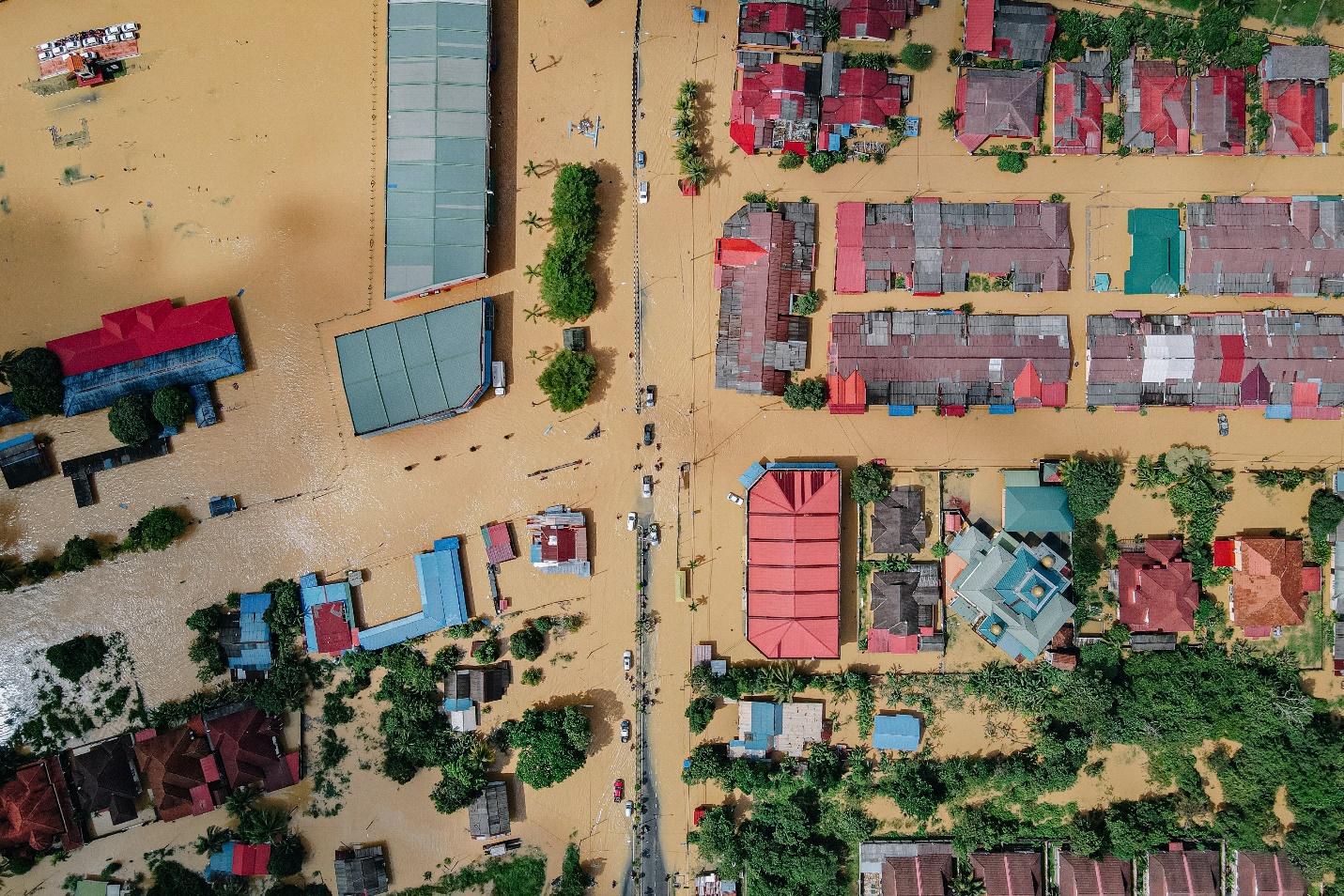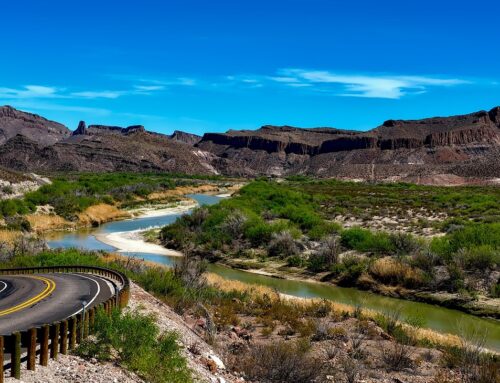The rise in natural disasters has become an unfortunate reality. Several states in the US were already accustomed to dealing with the occasional flooding and hurricanes, but the increase in frequency has everyone worried. There is an evident increase in the workload for people involved in disaster relief, but industries like commercial real estate are also concerned about the impact.
Most natural disasters affect properties; hence, they have always been a critical risk factor for the CRE market. The recent changes have further intensified their significance, forcing the market to change accordingly to reduce losses.
This blog will address the way natural disasters affect commercial real estate to increase awareness about current trends.
How Natural Disasters Affect Commercial Real Estate
Flooding is the most common natural disaster in Texas, and the properties are constructed to be more resistant to them. However, the snowstorm in February 2021 proved that flooding wasn’t the only disaster the state needed to plan for.
Other states are in a similar boat, forcing the following changes in the commercial real estate industry and market:
1. Impact on Architecture and Construction
Several local councils want to plan and encourage businesses to incorporate disaster risk in their architectural design. New Zealand can be considered a critical inspiration behind this decision because many of its homes are earthquake resistant.
Hence, it has given businesses, legislators, and industry experts to consider feasibility plans for similar attributes for local properties. However, any formal decision about such changes will need time because it will require extensive regulation about the construction material, floor plans, overall design, etc.
2. Higher Safety Regulations and Precautions
Commercial real estate properties now have to incorporate extra precautionary measures in buildings. Emergency exits, drills, and similar efforts need to be present to minimize risk as much as possible.
There has also been increased regulation about property structures to make them safer against common disasters.
3. Increase in Uncertainty
The increase in natural disasters has also increased uncertainty in the commercial real estate markets. This factor has led to changes in lender packages for investments, insurance premiums, property purchases, retention costs, etc.
Buyers and investors especially need to buy relevant insurance premiums to ensure they have the necessary coverage in case of disasters.
4. Pressure for CO2 Emission Reduction
Lastly, there is tremendous pressure on the commercial real estate industry to evolve and reduce CO2 emissions. Achieving this objective will require shifting to sustainable design and architecture for commercial properties.
Some businesses have already started adopting these measures to cater to legislation in their home states. However, several states, like Texas, have yet to introduce legislation to mandate such changes.
Final Thoughts
In short, the increase in natural disasters has consequently led to the introduction of new safety and precaution rules for the industry. The market risk is also higher, increasing the transaction cost, and there are chances of regulatory changes for risk mitigation.
The CHRE team remains updated about the latest changes, so you can rely on us to give you the latest news when working with you. Please contact us to invest in commercial real estate in Rio Grande Valley. We have several years of experience in the region and can help you find the best properties.






Leave A Comment